Jean Prouvé’s House of Better Days on show at Galerie Patrick Seguin in Paris
The Maison Les Jours Meilleurs, or House of Better Days, by Jean Prouvé is explored in a new show at Galerie Patrick Seguin in Paris
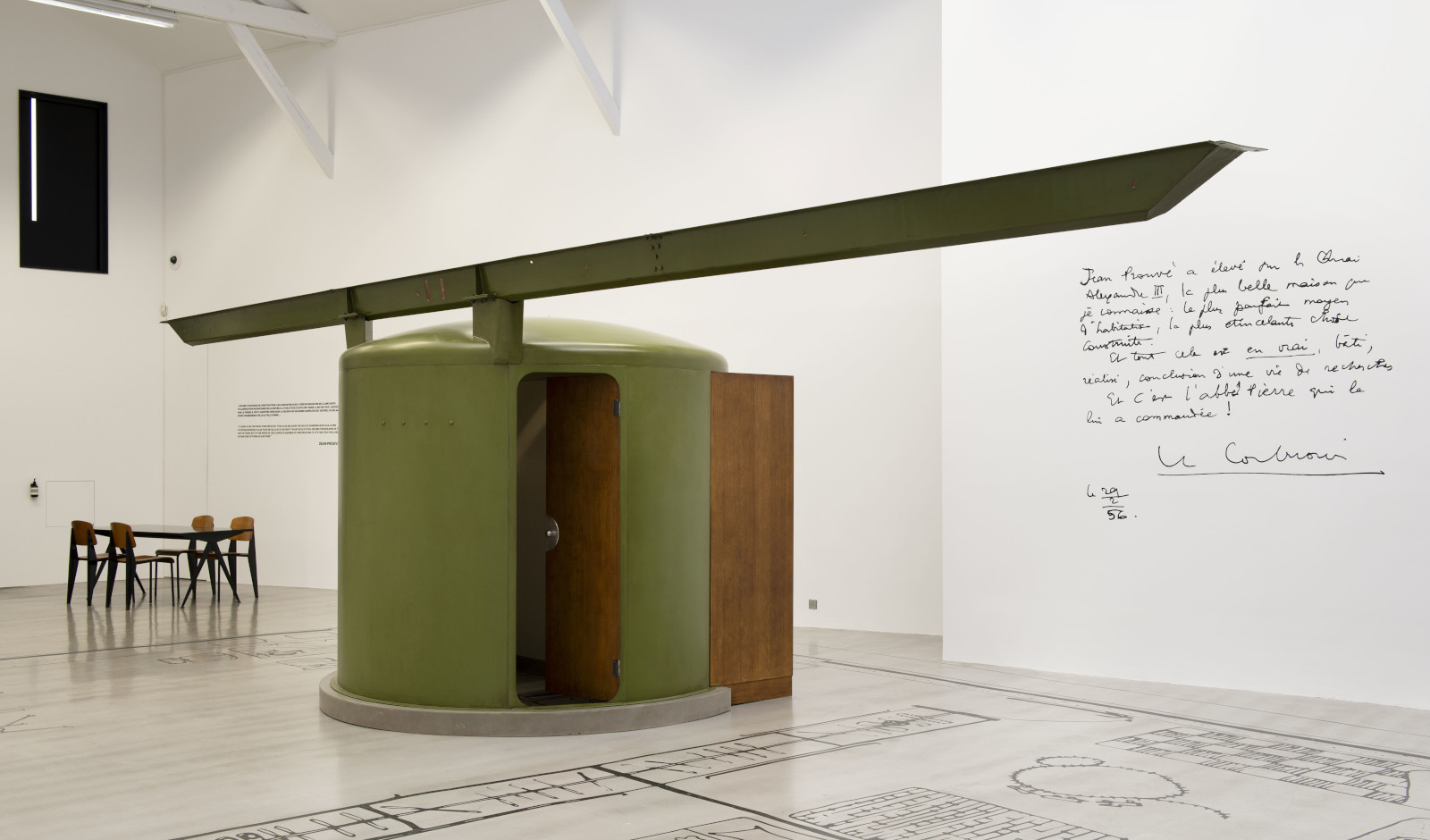
In Paris in February 1956, a prototype prefabricated house designed by French architect Jean Prouvé opened to the public for three weeks on the banks of the Seine. Amidst a post-war housing crisis, the Maison Les Jours Meilleurs, or House of Better Days, was a direct response to an appeal by activist Abbé Pierre for urgent homeless relief in Paris during the brutally cold winter of 1954, which saw widespread suffering and the tragic death of a mother and baby.
Now, 70 years on, an exhibition at Galerie Patrick Seguin in Paris is exploring the house and its social history through deconstructed architectural elements, archive material and the opportunity for the public, once again, to step inside the house – this time in virtual reality (back in 2012, the gallery released an animation of archive imagery and computer graphics that detailed the construction of Maison Les Jours Meilleurs).
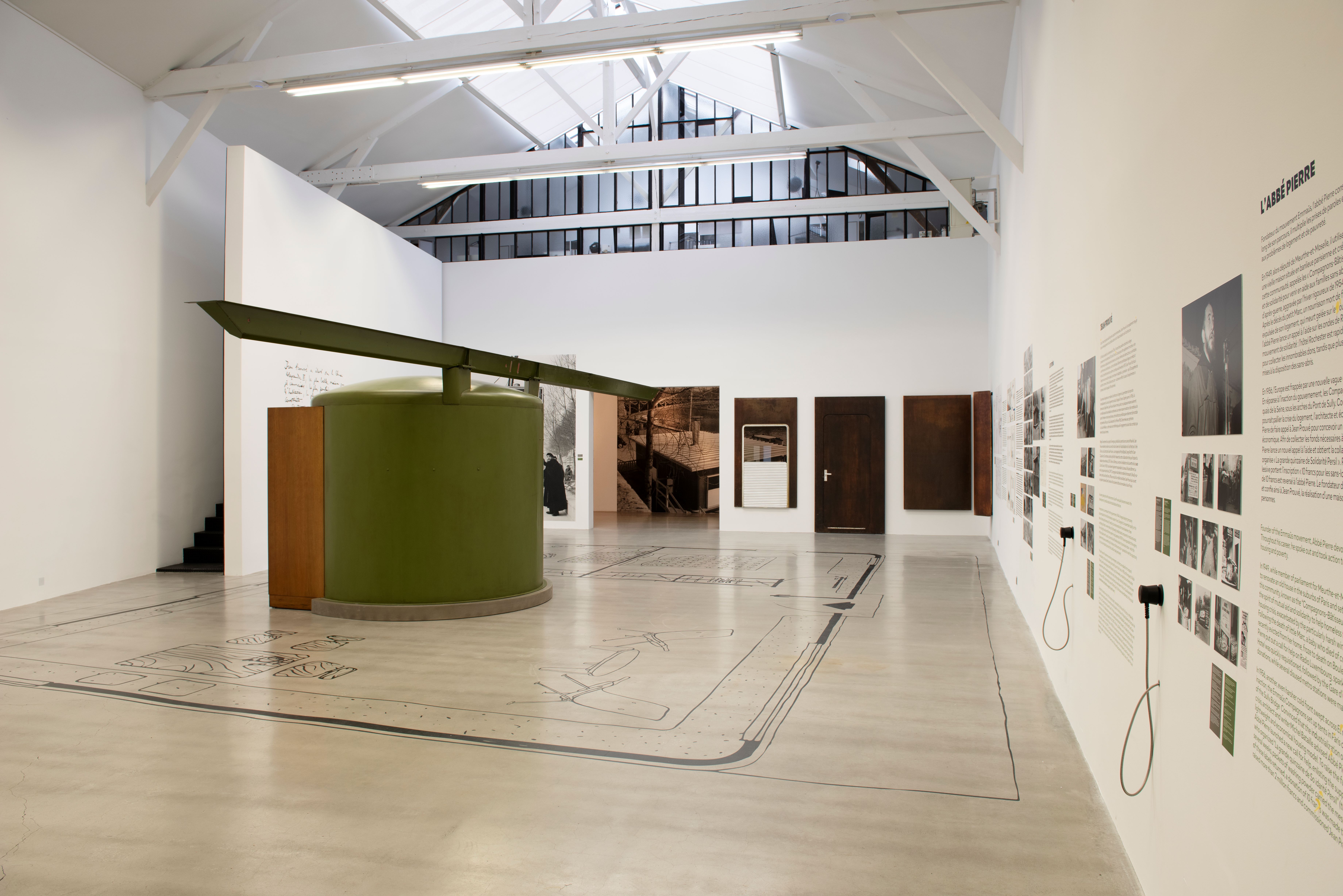
The House of Better Days at Galerie Patrick Seguin
Even with VR headsets beckoning, the exhibition’s pièce de résistance is the very real, load-bearing core of the Maison Les Jours Meilleurs. The finely crafted, sculptural piece of steel was an innovative multi-tasker (greatly admired by Le Corbusier); it supported the building, carried plumbing and ventilation, hid a compact bathroom and revealed a neat kitchen.
At the heart of Prouvé’s concept, it shows that – even though this efficient, low-cost house built of industrial materials including aluminium roof panels and a plywood façade could be constructed within seven hours by two people – precision and craft were not lost.
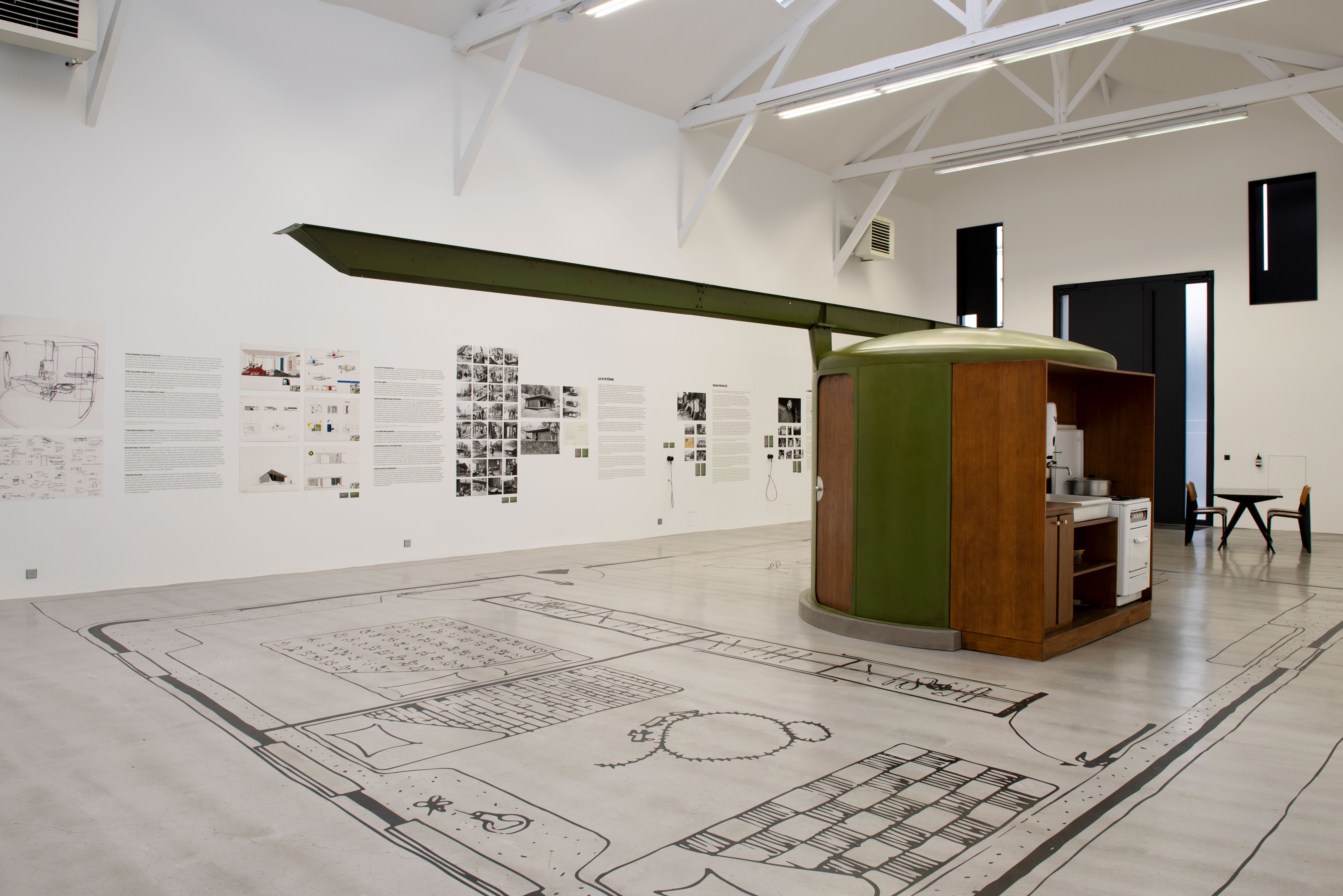
Though the Maison Les Jours Meilleurs was modest at 57 sq m for a family of four, the virtual reality experience helps to communicate the quality of its interior; such as the warmth of its beech wood interior panels (also displayed in the gallery as a comparison) and sliding windows framing cinematic views of the Seine in the 1950s.
Back in 1956, an impressive 96 per cent of visitors approved of the interiors (with 59.8 per cent claiming interest in purchase). Today, achieving a sense of texture and depth virtually was the result of a painstaking collaboration between gallerist Patrick Seguin, VR experience architects Double Geste and architectural visualisers Le Visiomatique, who describe it as a process of ‘reverse archaeology’.
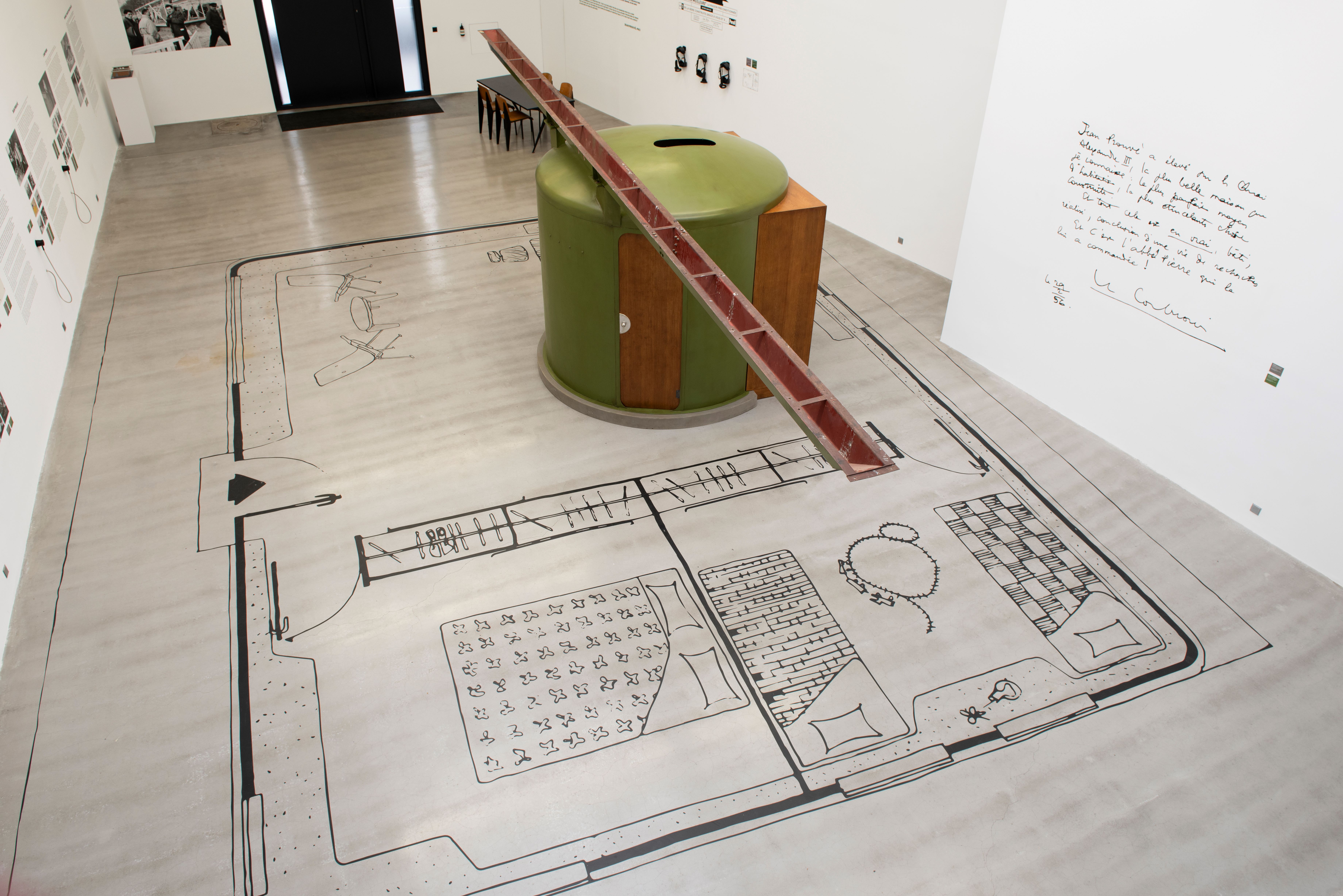
It is through newspaper cuttings, magazine covers and construction photographs that the social history of the house can be better understood, as both a product of its context and the humanist ambitions of its creators, Prouvé and Abbé Pierre.
Wallpaper* Newsletter
Receive our daily digest of inspiration, escapism and design stories from around the world direct to your inbox.
Prouvé had been working on ‘emergency’ architecture for many years prior; developing the axial portal frame system patented in 1939, then responding to a government brief for post-war housing in eastern France in 1944. In Paris, Abbé Pierre founded the Emmaüs group, also known as the Compagnons Bâtisseurs, or Companion Builders, dedicated to tackling housing and poverty; and tirelessly raised funds through a campaign with washing powder brand Persil to raise more than two million francs to commission Prouvé.
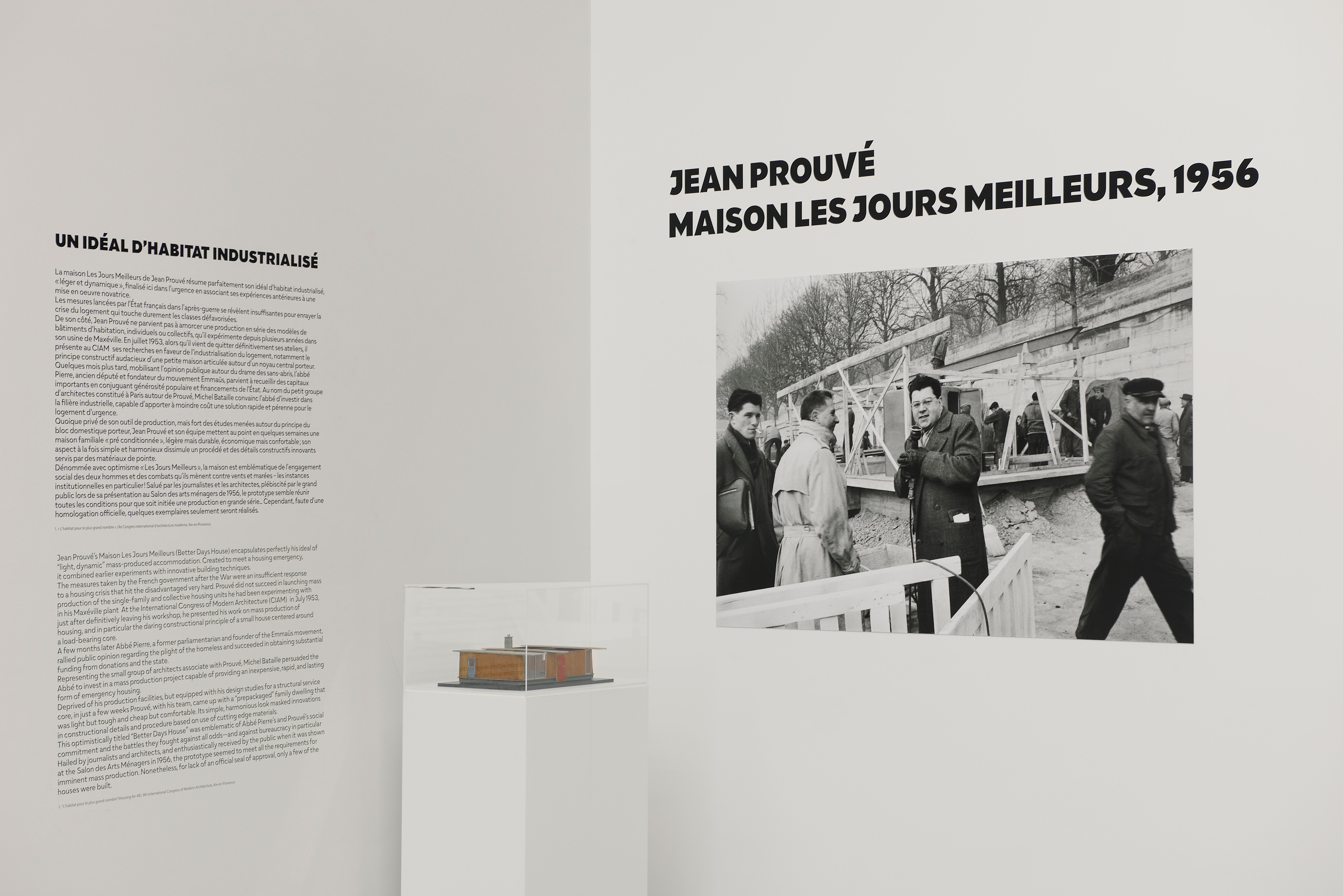
While designed with optimism for a better future, only five Maison Les Jours Meilleurs were ever built – after failing to meet planning restrictions, a proud Prouvé refused to alter his designs. Yet gallerist Patrick Seguin believes there is much to be learnt from the house and its story, commending architects such as Shigeru Ban who continue to work on humanist approaches to emergency architecture today and in this vein, he’s open-minded to see where the virtual maison might travel next.
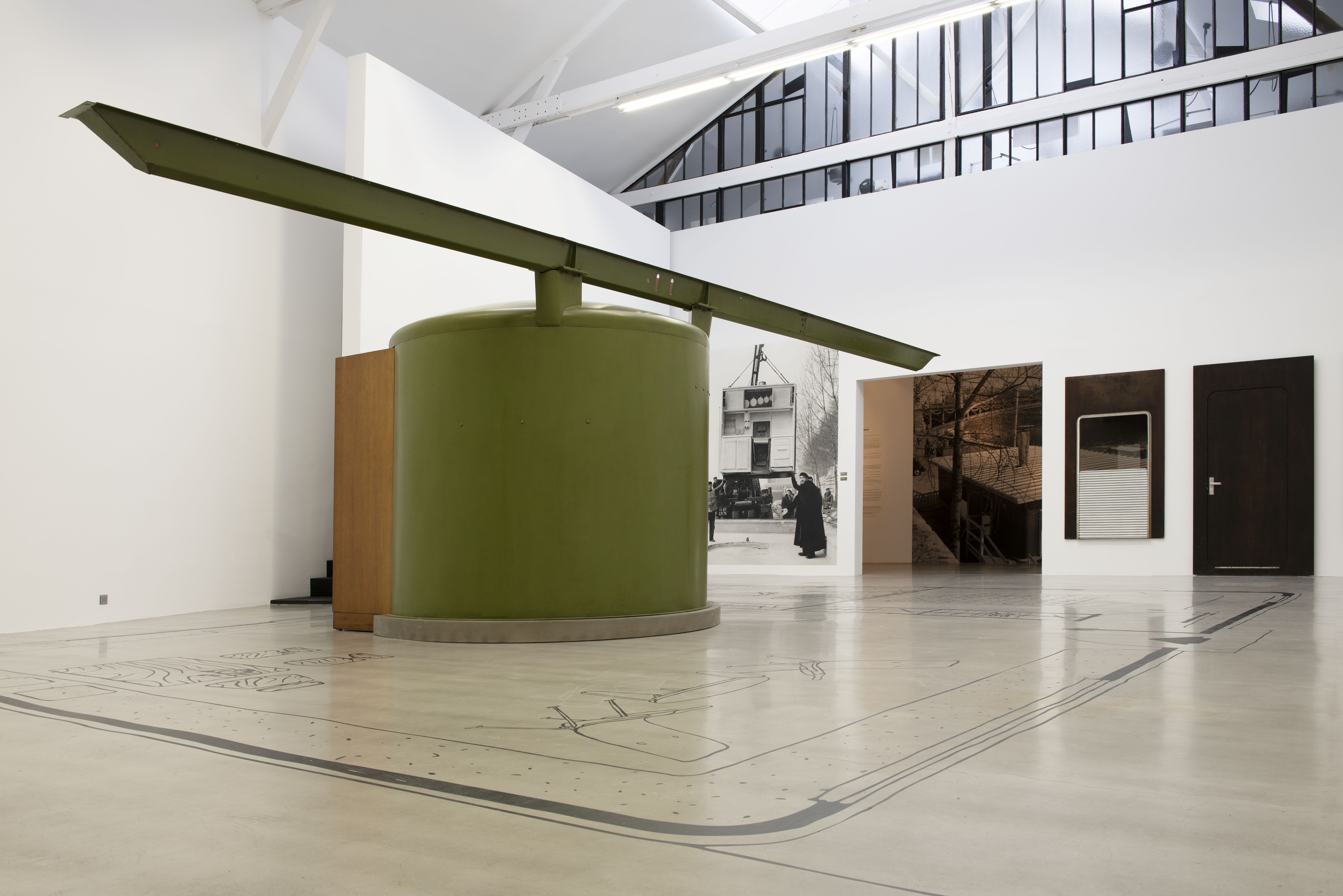
Maison Les Jours Meilleurs, 1956’, Galerie Patrick Seguin, 14 March – 20 April 2024
Galerie Patrick Seguin, 5 rue des Taillandiers, 75011 Paris
Harriet Thorpe is a writer, journalist and editor covering architecture, design and culture, with particular interest in sustainability, 20th-century architecture and community. After studying History of Art at the School of Oriental and African Studies (SOAS) and Journalism at City University in London, she developed her interest in architecture working at Wallpaper* magazine and today contributes to Wallpaper*, The World of Interiors and Icon magazine, amongst other titles. She is author of The Sustainable City (2022, Hoxton Mini Press), a book about sustainable architecture in London, and the Modern Cambridge Map (2023, Blue Crow Media), a map of 20th-century architecture in Cambridge, the city where she grew up.
-
 Put these emerging artists on your radar
Put these emerging artists on your radarThis crop of six new talents is poised to shake up the art world. Get to know them now
By Tianna Williams
-
 Dining at Pyrá feels like a Mediterranean kiss on both cheeks
Dining at Pyrá feels like a Mediterranean kiss on both cheeksDesigned by House of Dré, this Lonsdale Road addition dishes up an enticing fusion of Greek and Spanish cooking
By Sofia de la Cruz
-
 Creased, crumpled: S/S 2025 menswear is about clothes that have ‘lived a life’
Creased, crumpled: S/S 2025 menswear is about clothes that have ‘lived a life’The S/S 2025 menswear collections see designers embrace the creased and the crumpled, conjuring a mood of laidback languor that ran through the season – captured here by photographer Steve Harnacke and stylist Nicola Neri for Wallpaper*
By Jack Moss
-
 Croismare school, Jean Prouvé’s largest demountable structure, could be yours
Croismare school, Jean Prouvé’s largest demountable structure, could be yoursJean Prouvé’s 1948 Croismare school, the largest demountable structure ever built by the self-taught architect, is up for sale
By Amy Serafin
-
 This ‘architourism’ trip explores India’s architectural history, from Mughal to modernism
This ‘architourism’ trip explores India’s architectural history, from Mughal to modernismArchitourian is offering travellers a seven-night exploration of northern India’s architectural marvels, including Chandigarh, the city designed by Le Corbusier
By Anna Solomon
-
 How Le Corbusier defined modernism
How Le Corbusier defined modernismLe Corbusier was not only one of 20th-century architecture's leading figures but also a defining father of modernism, as well as a polarising figure; here, we explore the life and work of an architect who was influential far beyond his field and time
By Ellie Stathaki
-
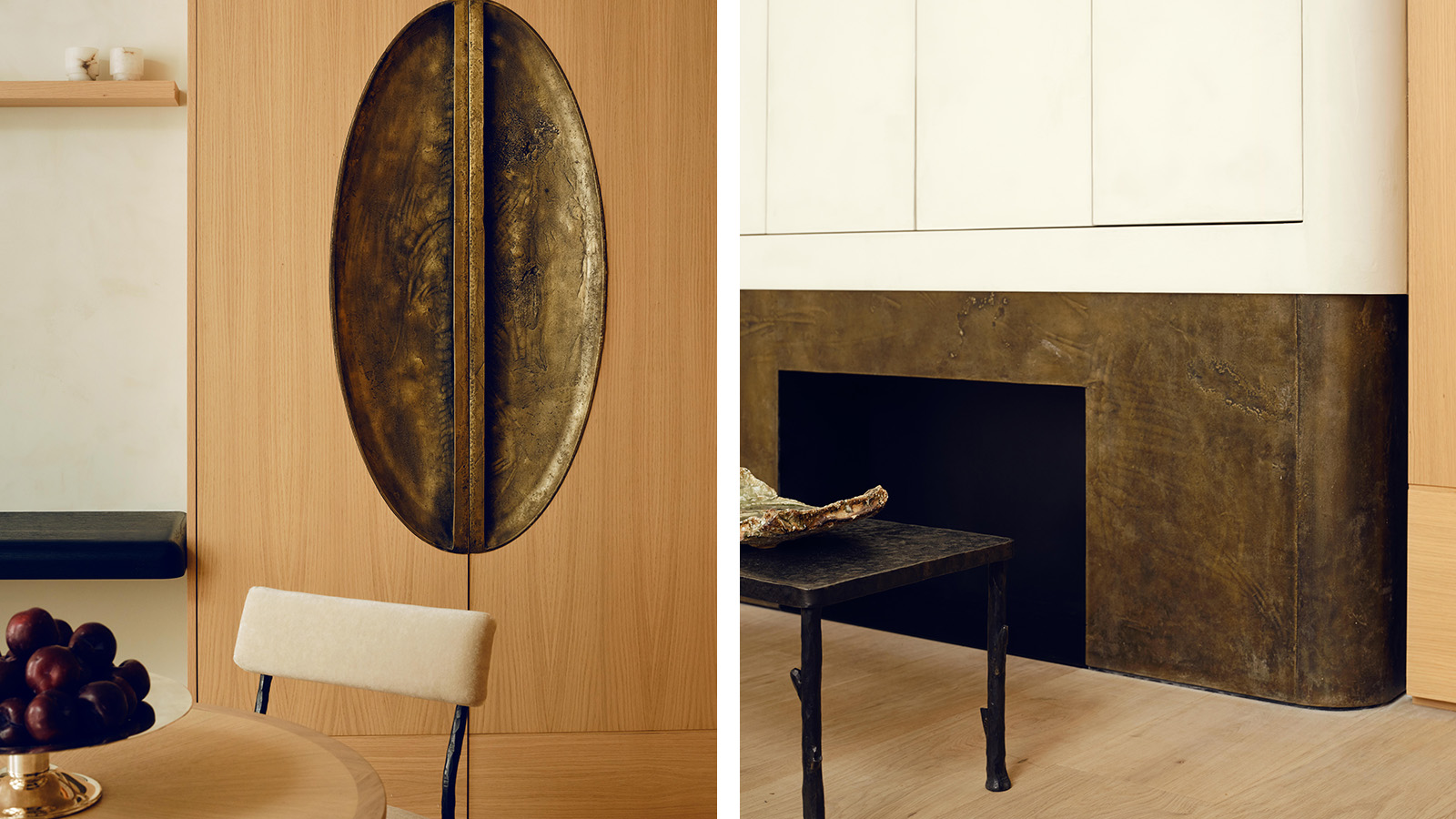 Stay in a Parisian apartment which artfully balances minimalism and warmth
Stay in a Parisian apartment which artfully balances minimalism and warmthTour this pied-a-terre in the 7th arrondissement, designed by Valeriane Lazard
By Ellie Stathaki
-
 Marta Pan and André Wogenscky's legacy is alive through their modernist home in France
Marta Pan and André Wogenscky's legacy is alive through their modernist home in FranceFondation Marta Pan – André Wogenscky: how a creative couple’s sculptural masterpiece in France keeps its authors’ legacy alive
By Adam Štěch
-
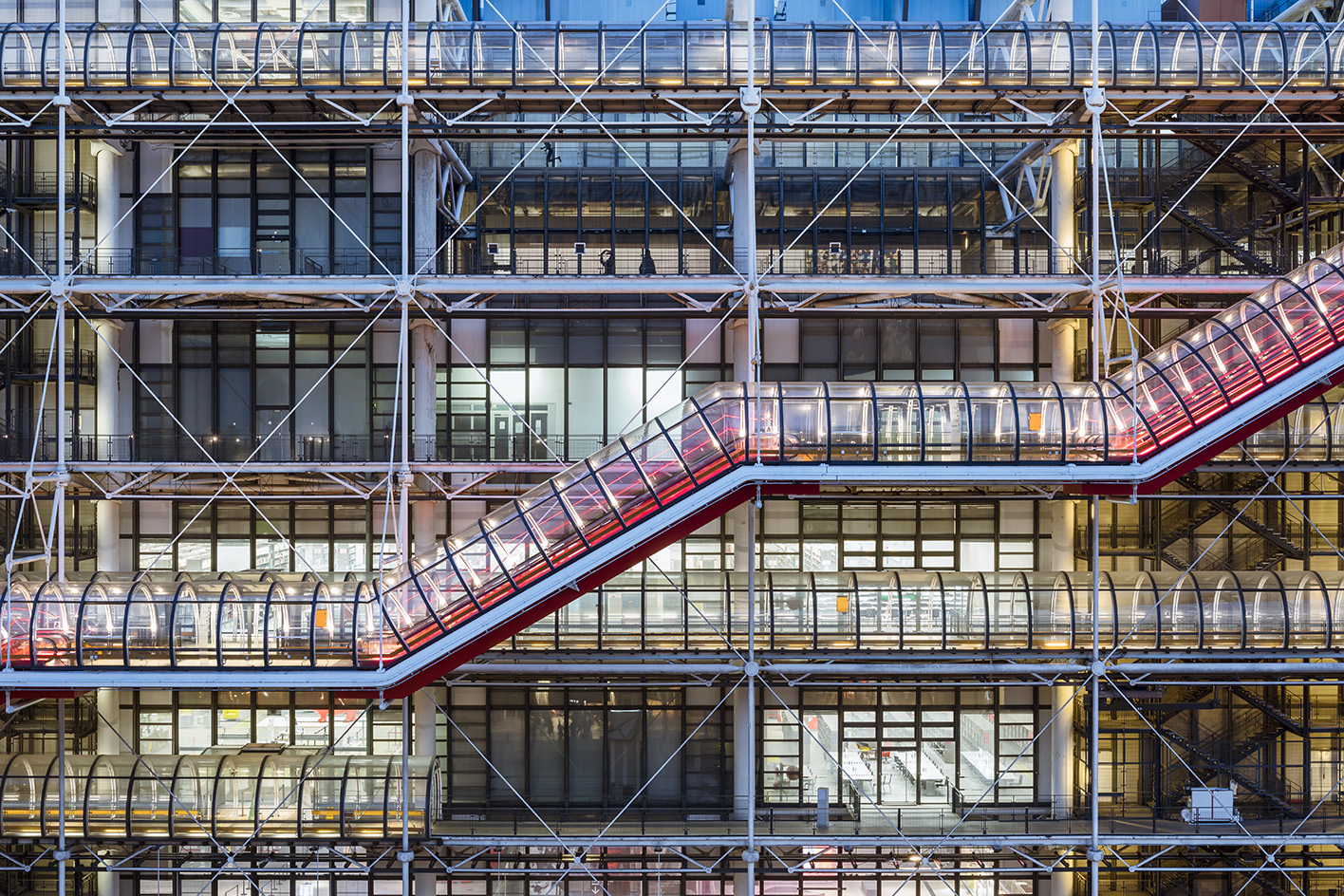 The museum of the future: how architects are redefining cultural landmarks
The museum of the future: how architects are redefining cultural landmarksWhat does the museum of the future look like? As art evolves, so do the spaces that house it – pushing architects to rethink form and function
By Katherine McGrath
-
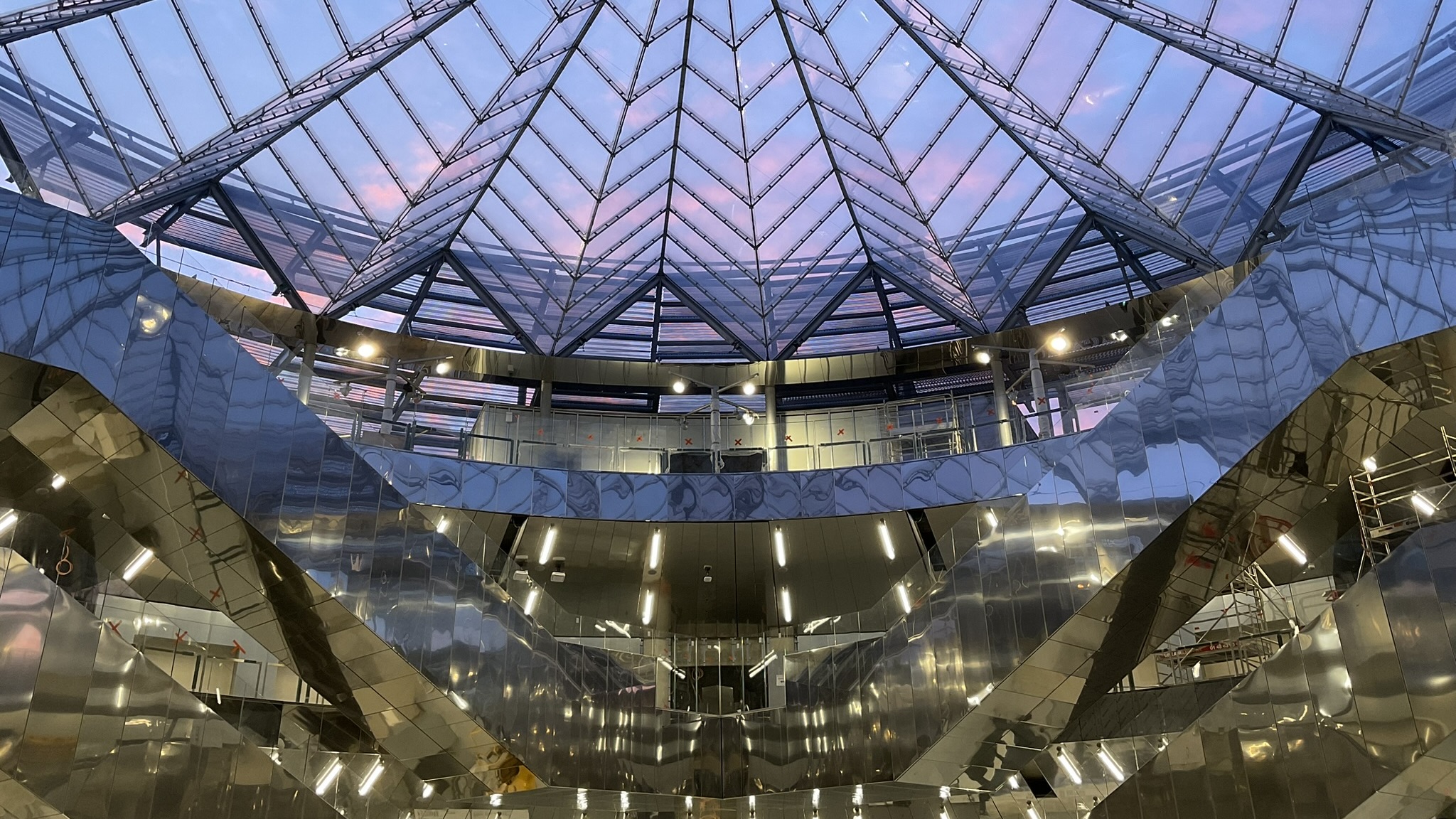 Paris’ architecturally fascinating Villejuif-Gustave Roussy metro station is now open
Paris’ architecturally fascinating Villejuif-Gustave Roussy metro station is now openVillejuif-Gustave Roussy is part of the new Grand Paris Express, a transport network that will raise the architectural profile of the Paris suburbs
By Anna Solomon
-
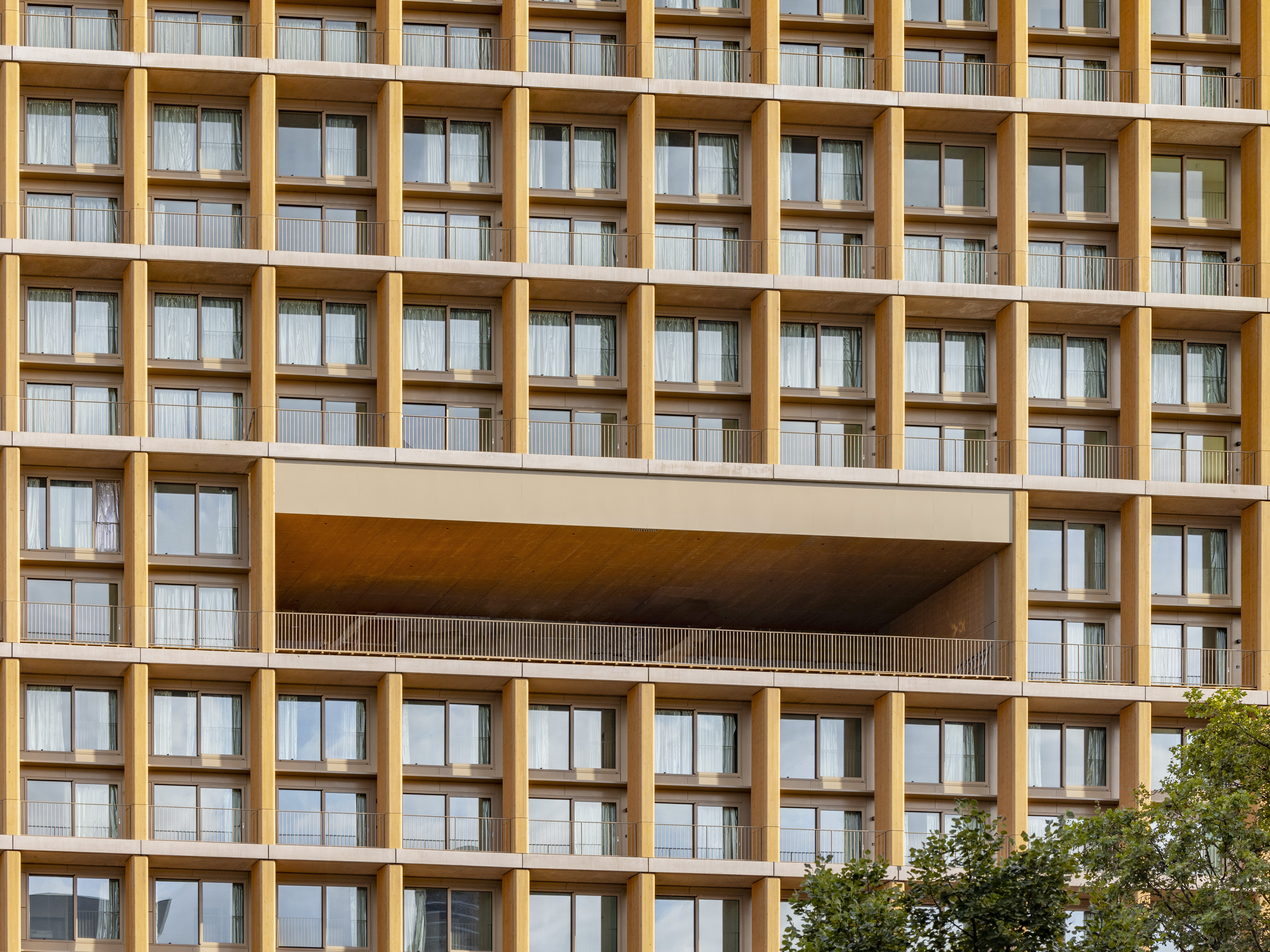 Explore wood architecture, Paris' new timber tower and how to make sustainable construction look ‘iconic’
Explore wood architecture, Paris' new timber tower and how to make sustainable construction look ‘iconic’A new timber tower brings wood architecture into sharp focus in Paris and highlights ways to craft buildings that are both sustainable and look great: we spoke to project architects LAN, and explore the genre through further examples
By Amy Serafin